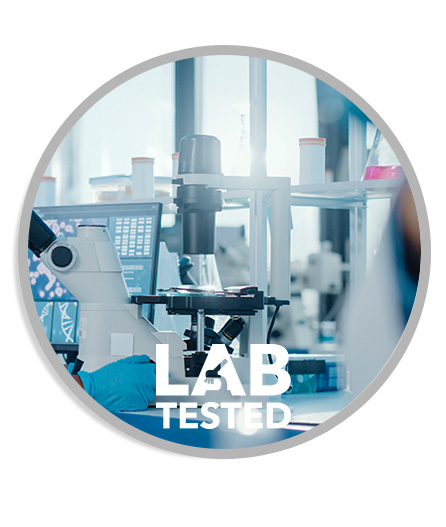Test Results
Question: Why is 99.99% not always comparable to 99.99% ?
Answer: The Test Conditions
Air passing through a unit vs Complete Room
Small Cabinet vs Large Testing area
In house testing vs Independent laboratory results
Generic results vs Own unit tested
In the age of the internet there appears to be a massive amount of information available on many products and it can be virtually impossible to understand and compare different test results.
Sadly, we’ve seen many companies making deliberately misleading claims on their products when it comes to microorganisms:
- • Many filter products claiming 99.99% are referring to air passing through the filter, and this can bear no relation to the impact within a room (link to filter article).
- • UV (Ultraviolet Light) based products can also claim 99.99% in a similar way to the above where the test organism is directly exposed to UV lamps only.
- • We’ve seen several tests on SARS-CoV-2 where completely different products were tested in a laboratory to those sold to customers. In several examples of UV products, a unit with multiple UV lamps was used in a test, whilst the results were promoted against a single lamp unit.
- • Ionizers, Ozone generators, UV, fogging or HEPA filter systems can all be seen making 99.99% claims where no full test reports are available or generic tests are referenced.
- • Often customers are told that 99.99% results from a 1 cubic metre cabinet will be the same as a large busy working environment which is obviously not the case.
- • Certain products like Ozone generators, fogging or direct exposed UV often do not highlight that the 99.99% is achieved only in an environment which would not be safe for people, and they can have no impact during the working day.
- • Even some companies which appear legitimate can just be providing false 99.99% information. We stopped openly sharing full test reports* when a company was found to have copied a vast amount of our test data and simply changed the logos.
- • UV light can be a particularly confusing area on its own. Germicidal UV or UVC with a peak waveband of 254nm is very efficient at destroying or inactivating microorganisms, but there is a wide spectrum of UV light which does not have the same impact on germs, for example UV used in tanning beds or fly catching devices. During the peak of the pandemic many companies were making claims that “UV kills Coronavirus, we use UV, so we kill Coronavirus”, including a product which used what amounted to a tanning lamp.
With AIRsteril
Our strength comes from our wide range of product testing over many years, so we can show you how efficient our technology is within a busy public washroom, real office environment, care home or a waste processing site, as well as independent laboratory results from small cabinets or large test chambers at 99.99%.
*Full reports are of course still available upon request.



